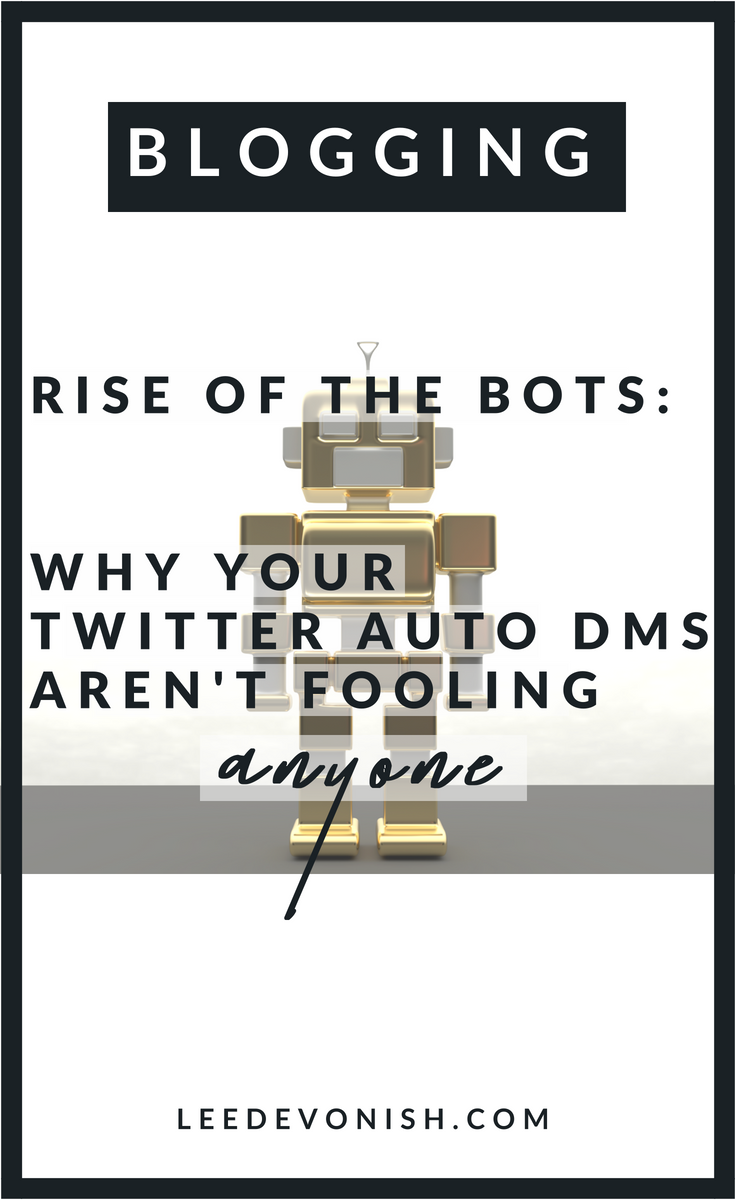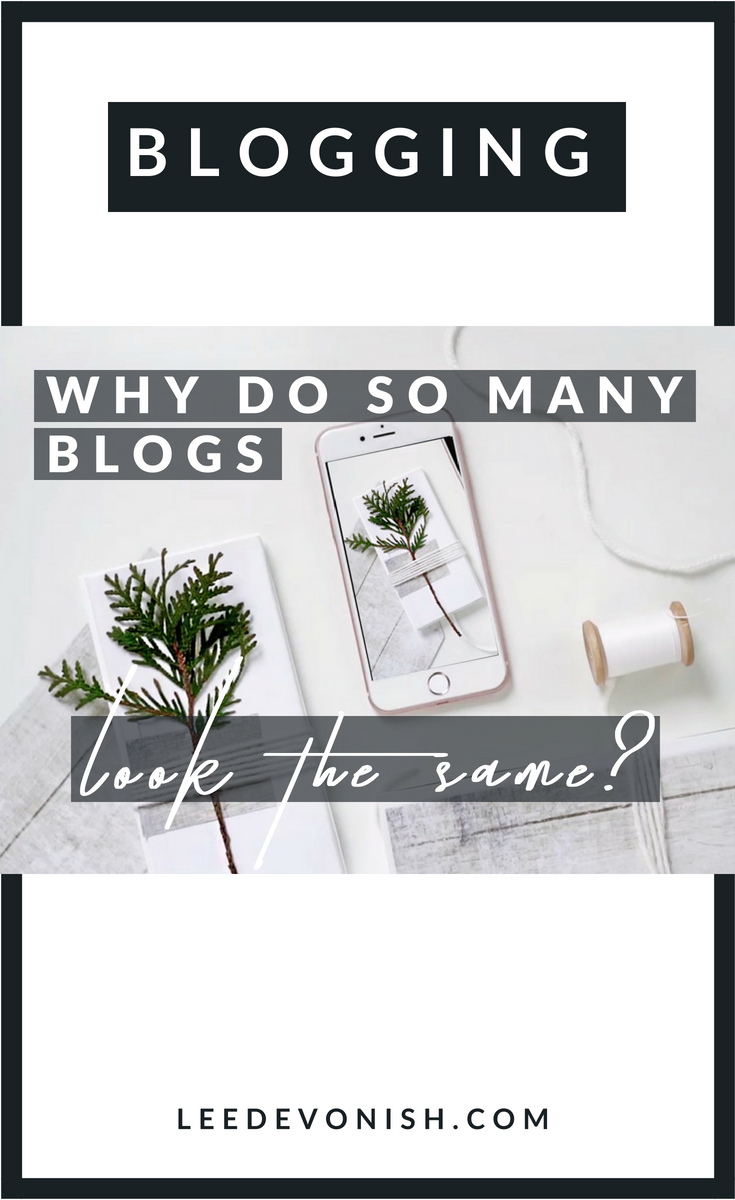Over the past few years I’ve built up an online publishing business by trial and error, and have ended up in the strange situation where I earn more from blogging than I do from my art!
There’s a lot of good, free advice out there, but unfortunately there’s just as much biased, low-quality information floating around as well.
It can be even more difficult to separate the general advice from the information that will be genuinely helpful to artists – specifically those working in a fine art practice.
There’s also the issue of several cognitive biases at play which means that the market becomes saturated with people barking the same things in the same space for the same reason, simultaneously creating the impression that blogging is something that everyone can do and should be doing, and that everyone who does becomes successful.
Neither of those statements is true.
You want to be a professional artist, not a professional blogger.
When taking in any advice, ask yourself how it will enhance your goal of promoting your art.
You may well find that professional art blogging actually is for you, but that should be a conscious decision. Lots of artists get overwhelmed at all of the technical aspects of blogging and digital marketing and decide that it’s too much for them. Just take the basics that will work for you and run with them, and leave the rest behind.
The benefits and pitfalls of blogging for artists
Benefits:
- Search engine optimisation and link building can help your website get found
- Blogging can build authority
- A blog can provide an additional passive income stream
Pitfalls:
- Blogging can consume your limited time and focus
- Most blogging advice is geared towards different industries, and can appear out-of-place on a fine art blog
- You may end up sounding like everyone else!
Should you start a blog for your art practice?
I do believe that you should.
The discipline of art blogging in itself can do a lot for your art practice, providing structure, motivation and a way to track processes.
Still, if it seems like too much right now, you should have a well-presented static website with the option to add blog posts at a later date.
Find out how to get a cheap or free domain name and website here.
There’s a lot to cover here, so this post will be updated regularly with links to new articles.
Some blogging topics I’ve discussed:
- Why you probably shouldn’t start a blog
- How to name your blog without sounding like a fool
- How bloggers fake popularity (and you can do it too)
- The psychology of blog post titles: how being mean gets you readers
- Why do so many blogs look the same?
- Rise of the bots: why your auto dms on Twitter aren’t fooling anyone
- Digital marketing for artists: is Buffer any good for Pinterest?
Use the links above to jump to pages on that topic.
Why you probably shouldn’t start a blog
Blogging can be exactly what you need to enable you to work from home or supplement your creative practice. I do wish I’d taken it up years ago. Yet, that doesn’t mean that everyone will be able to commit the time and energy to regular online publishing, and that’s ok.
For those who need an online presence but can’t commit to blogging, a static website is a good step.
How to name your blog without sounding like a fool
It’s not as serious as naming your child, but it still requires some thought. Translating real-world concepts to the online world takes just that bit more consideration than some give it.
How bloggers fake popularity (and you can do it too)
In an industry ruled by the appearance of influence, vanity metrics have taken over as king. The problem is, they don’t tell the full story.
The psychology of blog post titles: how being mean gets you readers
Our brains are wired to respond curiously towards negging, and the best (and meanest) publishers know just how to pull your strings.
Why do so many blogs look the same?
In a risk-averse industry populated by relative amateurs, visual hegemony is inevitable.
Rise of the bots: why your auto dms on Twitter aren’t fooling anyone
Feeling pressured to be everywhere at once? Welcome to blogging. Here’s why handing the front desk over to a bot isn’t always a good idea.
Is blogging worth it for artists?
I believe it certainly is worth it for an artist to start a blog. It can be a brilliant way to promote your business and supplement your income, all whilst wearing your pyjamas, if you so desire.
However, it can be a massive time-suck, and it can easily derail you into becoming a full-time blogger instead of a full-time artist!
As with everything, it’s best to go into it with your eyes wide open. I hope this helps you to do just that!









